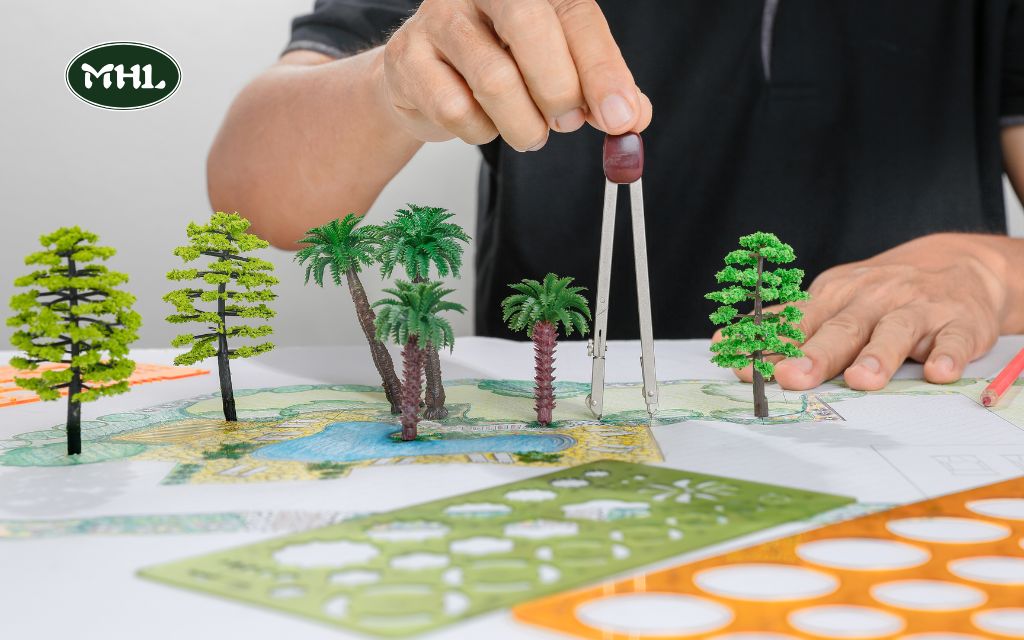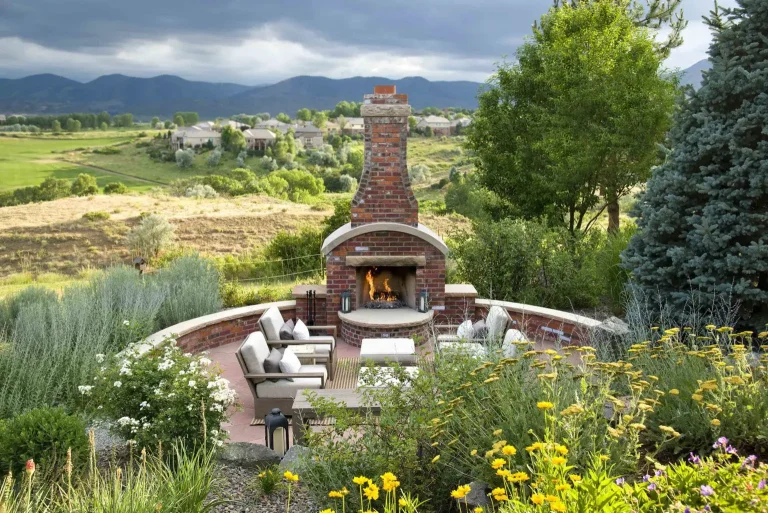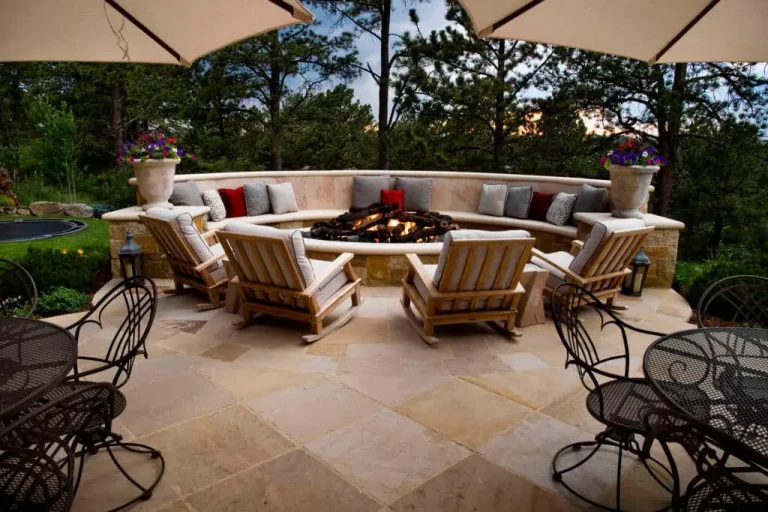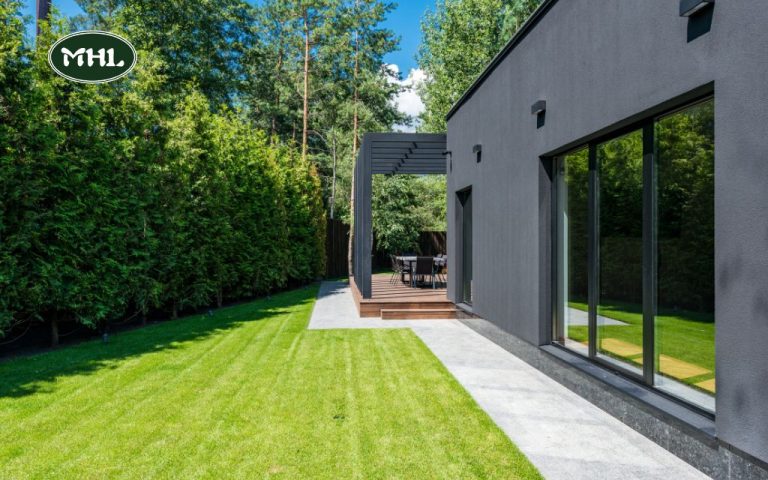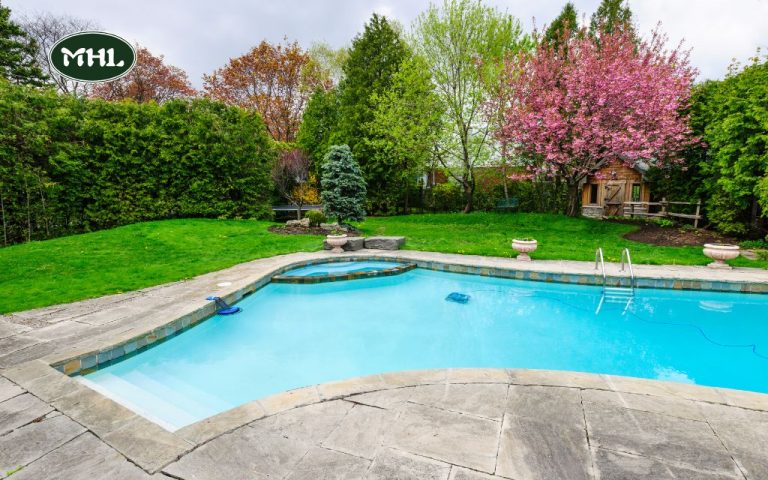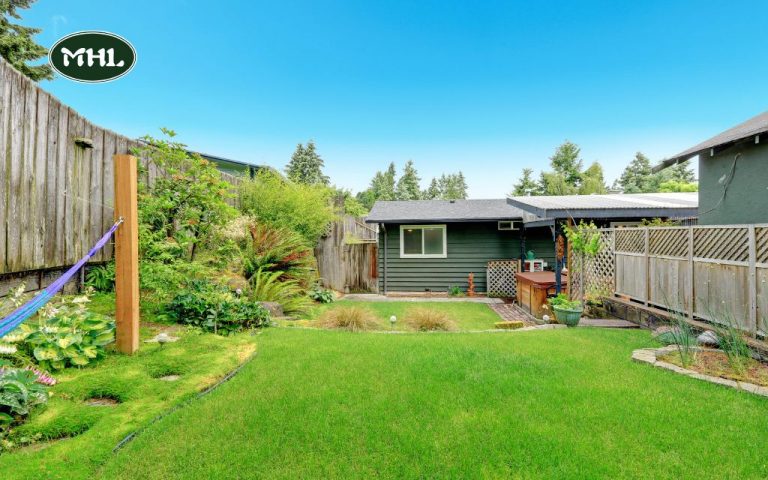Landscape Ideas: 10 Inspiring Designs for a Beautiful Garden
A well-thought-out landscape can enhance your property’s beauty, boost curb appeal, and create a functional area for relaxation and entertainment. The right landscape ideas can transform any garden, no matter the size, into a stunning retreat that you’ll love to spend time in.
From lush flower beds to modern patios and serene water features, there’s no limit to what you can achieve with creative landscaping. For Denver homeowners ready to elevate their outdoor spaces, Mile High Lifescape is the trusted name in expert landscaping services. Their team specializes in bringing your vision to life with tailored designs that blend beauty and practicality.
Ready to discover the potential of your yard? Let’s explore some inspiring landscape ideas to turn your outdoor space into a true haven!
Key Elements of Great Landscape Ideas
When designing beautiful landscape ideas, there are 5 key elements to consider: line, form, texture, color, and scale. Getting the right balance of these features makes the space look appealing and creates a harmonious feel.
Line
Lines help guide the movement through your garden, like a path, walkway, or flower bed. They can also highlight special features, such as a pond or fire pit.
Lines can be straight, curved, or diagonal, each bringing a different style. Straight lines give a more formal look, while curved lines feel more relaxed and natural. You can create lines with things like stones, pavers, or plants.
Form
Form refers to the shape of the plants or garden features. Plants come in many forms, like tall, round, or spreading types. Hardscaping features, such as walls, pathways, and pergolas, also come in different shapes and sizes. The right mix of forms helps shape your landscape’s style.
For a formal garden, you might choose neat, trimmed plants, while a more relaxed garden can have plants that grow freely. Combining different forms is key to creating a balanced and beautiful landscape design.
Color
Color is one of the most eye-catching elements in landscape design. It’s important to think about how your garden will look in all four seasons. While colorful flowers brighten up a summer garden, you’ll also want plants that bring color in the colder months, like evergreen trees or holly.
Even the materials you use for paths or walls can add color—maybe you want something bold like a blue pool, or something more subtle like natural stone for a walkway. Adding the right mix of colors makes your garden interesting all year long.
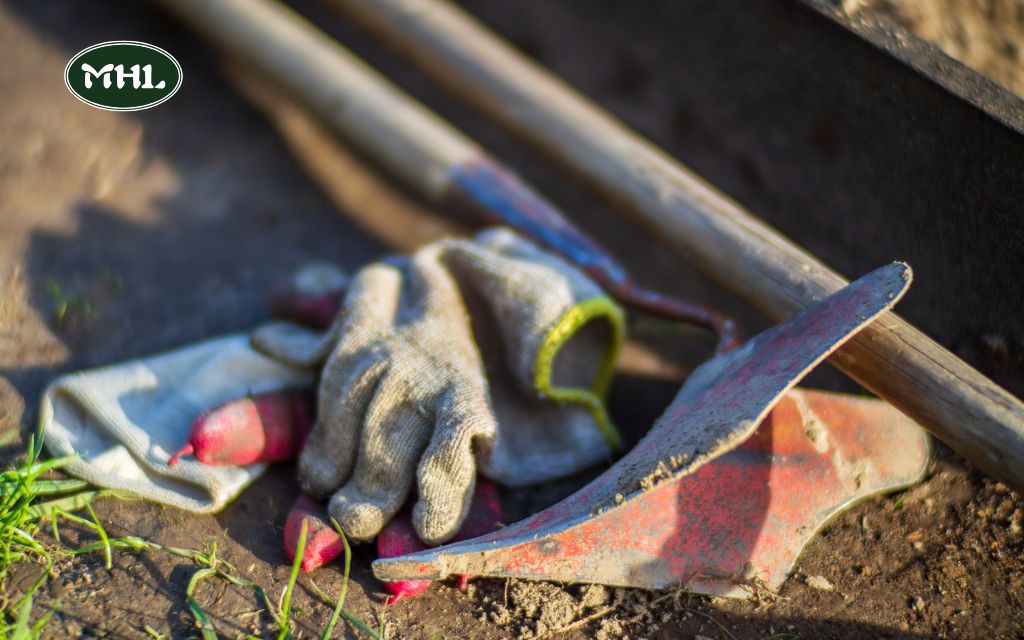
Texture
Texture refers to how things feel or look in terms of their surface. Plants and materials can have different textures—some are smooth and soft, while others are rough or coarse.
For example, the leaves of a plant, the bark on a tree, or the surface of a stone path all have their own textures. Using a mix of different textures in your garden makes it look more lively and adds depth to your design.
Scale
Scale is about making sure things in your garden fit well together. Varying the height and size of your plants and features helps make the space look balanced. For example, big plants might go in the back, and smaller plants in the front. The size of your garden elements should match the size of your home and yard to create a harmonious look.
10 Popular Landscape Ideas to Inspire Your Garden
Design a Curved Stone Path for a Natural Look
A winding stone path can add charm and beauty to your garden while serving a practical purpose. Not only does it help guide people through your space, but it also keeps plants from being stepped on.
Whether you choose the sound of gravel underfoot or the rustic look of stepping stones, a curved path can bring life to your outdoor area. Explore these landscape ideas to find a design that works for you.
Boost Plant Growth with Raised Garden Beds
Raised beds are a great way to grow vegetables, herbs, and flowers while improving your garden’s soil. The raised design helps with drainage, allowing air to flow through the soil, which is important for healthy roots. This leads to stronger plants, better nutrients, and more vibrant flowers!
Position Furniture to Maximize Sunlight
To get the most out of your outdoor space, think about where the sun shines in your garden:
- Evening Sun: If you love the warm golden light of sunset, place your seating area on the west side of your garden.
- Morning Sun: For a fresh start, position your seating on the east side to catch the morning sunlight.
- All-Day Sun: If you want sunshine all day, choose a sunny spot that isn’t shaded by trees or structures.
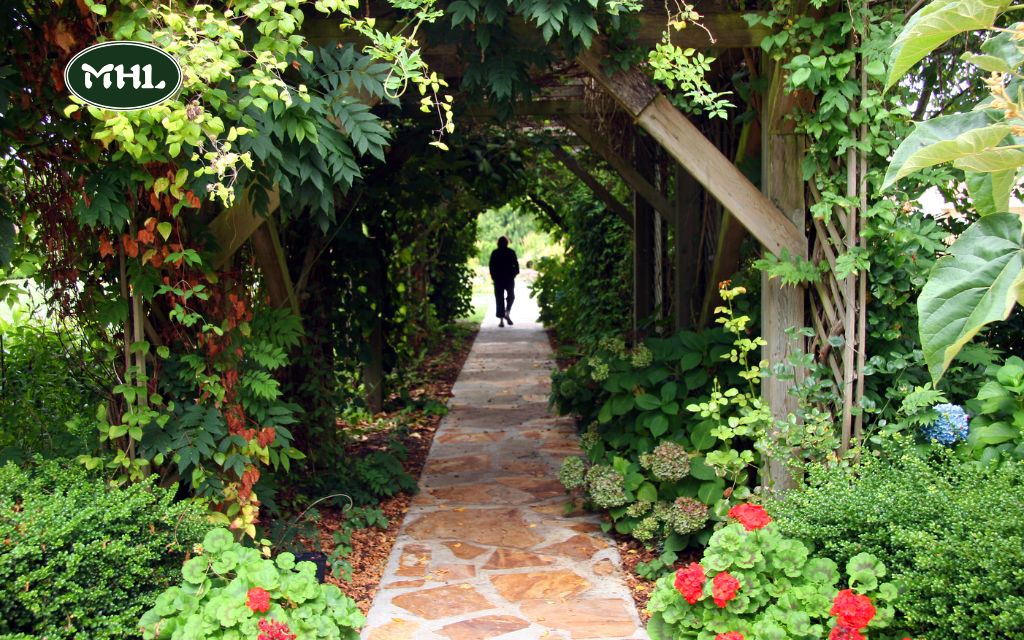
Use a Trellis to Help Climbing Plants Thrive
A trellis is a great way to help climbing plants like ivy, clematis, or jasmine grow up and add beauty to your garden. It’s a perfect way to soften walls or fences, and it brings a natural, vibrant look to your space. Plus, it’s a simple but effective way to add dimension and style to your garden with minimal effort.
Elevate Your Yard with Layered Landscaping
Bring your garden to life by using landscape ideas that focus on layering. This method adds depth and interest by arranging plants and features in different levels.
- Foreground: Start with low-growing plants and ground covers. These can add color and texture, making the garden inviting.
- Midground: Add medium-sized shrubs and flowers. These act as a bridge between the small plants in the front and the tall trees in the back. They help organize the space and add to the theme.
- Background: Tall trees and shrubs create a backdrop for your garden. They offer privacy, depth, and structure, framing the entire space beautifully.
Add Style with a Decorative Gabion Feature
Add a unique touch to your garden with a gabion! These strong steel-wire cages are usually used for walls and erosion control, but they can also make stylish features. You can turn gabions into seating areas, walls, or even planters. They’re a great way to bring a modern touch to your outdoor space!
Make a Bold Statement with Vertical Gardening
Transform your garden by growing plants vertically! Use trellises, wall-mounted planters, or hanging baskets to turn an empty wall or fence into a green oasis. Whether you want to create a lush living wall or just add a bit of greenery to your patio, vertical gardening offers lots of creative possibilities.
Upgrade Your Yard with Sleek Modern Fencing
Give your garden a fresh, stylish look with modern fence panels that have cool cut-out designs. These panels not only provide privacy and mark off your garden, but they also add a creative touch. The patterns let light and shadow play through, making your garden feel open and full of charm. It’s a simple way to bring a modern vibe to your outdoor space!
Build a Cozy Shaded Spot with a Pergola
A pergola is a great way to create a relaxing, shaded spot in your garden. It provides a cozy place to sit and enjoy nature while staying cool. Whether you’re reading a book or just soaking in the peaceful surroundings, a pergola adds a touch of tranquility to your garden.
Enhance Your Space with a Rock Garden
Rock gardens are a fun and low-maintenance way to bring beauty to your yard. Combine different sizes of rocks, from smooth pebbles to big stones, and add plants like succulents, cacti, and low-growing flowers. These plants don’t need much water, making rock gardens perfect for busy homeowners. They’ll add color, texture, and interest to your space with very little upkeep!
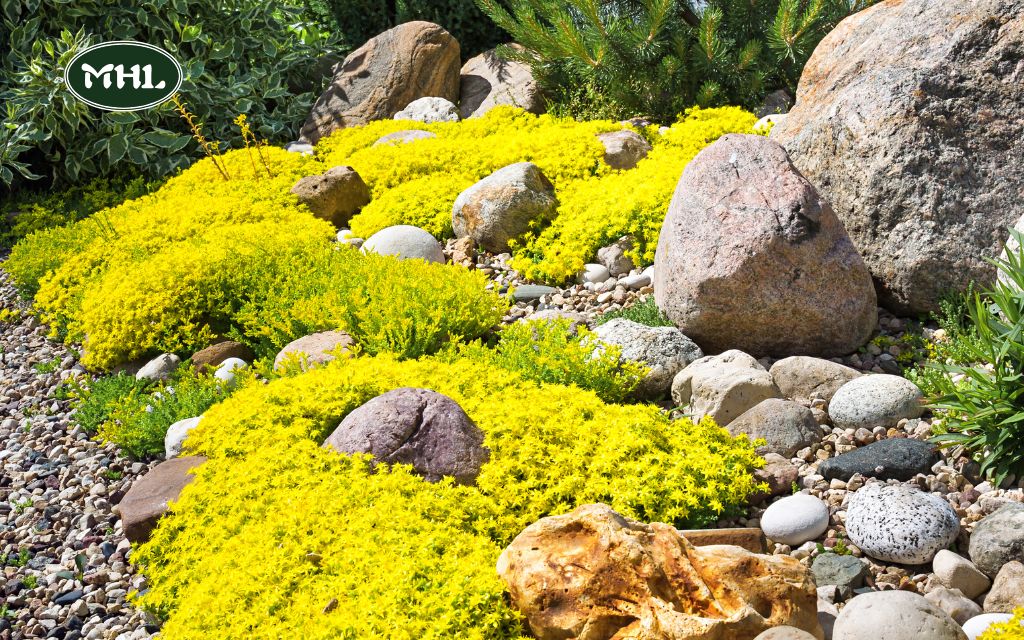
5 Sustainable And Eco-Friendly Landscape Ideas
Use Native Plants
Native plants are a great choice for your garden because they naturally thrive in your area without needing much help. These plants are used to your local soil and weather, so they don’t need fertilizers to grow.
They’re also good for the environment because they don’t usually spread too much or need extra watering. Plus, they’re easy to care for and help support local wildlife, keeping nature balanced.
Create a Rain Garden or Bioswale
Rain gardens and bioswales are smart ways to manage rainwater in your garden. These features use slopes and small hills to direct rainwater, making sure it gets spread out evenly to all the plants.
This helps save water and ensures that thirsty plants get enough to drink. Rain gardens also help clean the water before it flows back into rivers or lakes, which is great for the environment.
Use Less Concrete
Concrete is often used in gardens for things like patios and walkways, but it’s not the most eco-friendly choice. Making and disposing of concrete can harm the environment. Instead, try using other materials that are better for nature, like gravel or stone. These alternatives can help your garden look great while being kinder to the planet.
Reuse and Repurpose Whenever Possible
If you need to use concrete in your garden, try reusing materials from other areas around your yard! For example, you can take up an old pathway, clean the stones, and use them again to create a new patio.
You can also turn old slabs into a brand-new path. There are so many ways to repurpose things, and it helps reduce waste while giving your garden a fresh look.
Permeable Hardscapes
Permeable hardscapes are a great alternative to regular concrete. They allow water to flow through the surface and soak into the ground, instead of running off into drains. This helps reduce stress on storm drains and makes your garden more eco-friendly.
Plus, permeable pavement is often cheaper, easier to install, and lasts a long time, making it a smart choice for many landscape ideas.
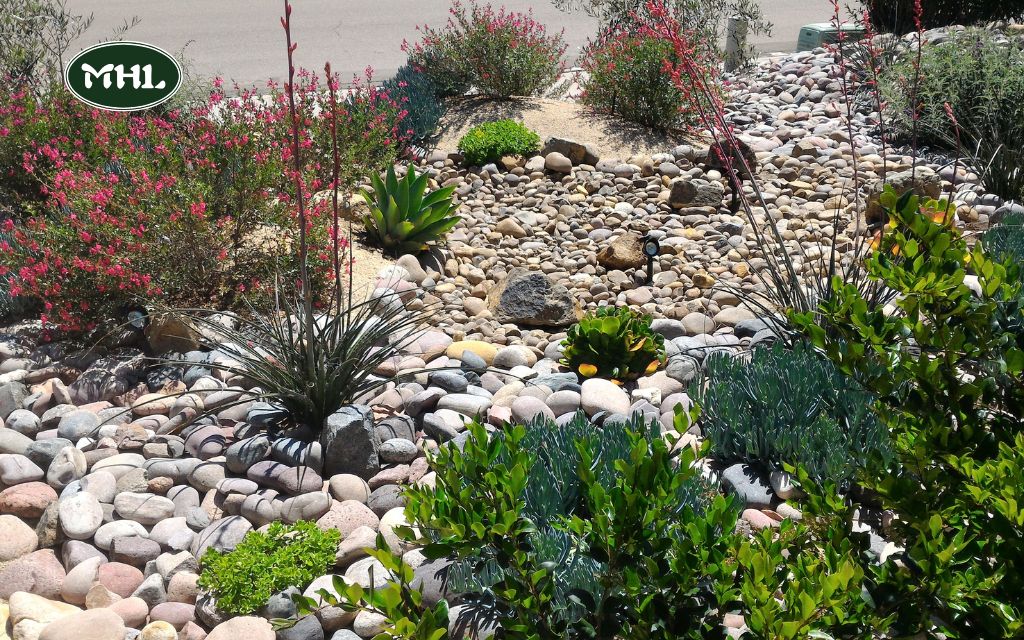
Mile High Lifescape: Reliable Landscaping Service in Denver
Mile High Lifescape is Denver’s top landscaping service, focused on turning your yard into a beautiful and healthy outdoor space. With over 20 years of experience, our team provides a wide range of services designed to fit your needs, making sure your yard looks great and stays healthy.
Whether it’s detailed landscape design or eco-friendly xeriscaping, we use the best methods to keep your yard in perfect shape all year long. Our dedication to customer satisfaction and our careful attention to every detail has made us the trusted landscaping experts in Denver.
FAQs about Landscape Ideas
What are the 5 basic elements of landscape design?
The 5 elements of landscape design are line, form, texture, color, and scale. These elements work together to create a harmonious and aesthetically pleasing outdoor space.
How do I create a landscape layout?
To create a landscape layout, start by assessing your space and needs. Develop a plan that incorporates the five basic elements of design: line, form, texture, color, and scale. Consider functionality, plant selection, and maintenance requirements to ensure a cohesive and sustainable design.
Is there a free app for landscape design?
Yes, there are several free apps available for landscape design, such as iScape and Home Design 3D Outdoor and Garden, which offer user-friendly tools to help you plan and visualize your outdoor space.
Conclusion
Landscape ideas bring beauty, functionality, and personality to your outdoor space, no matter its size. From winding stone paths to eco-friendly designs, there’s something for everyone. Whether you’re creating a lush garden retreat or a sleek modern patio, thoughtful landscaping makes all the difference.
In Denver, Mile High Lifescape offers expert services to bring your vision to life. Let these creative ideas inspire you to transform your yard into a beautiful haven that’s perfect for relaxation and enjoyment year-round!
